Flight delays and cancellations are unavoidable. Here’s what you can do about it
Hit with two flight cancellations on work trips recently I realised delays are unavoidable these days. Here’s what you can do about it.
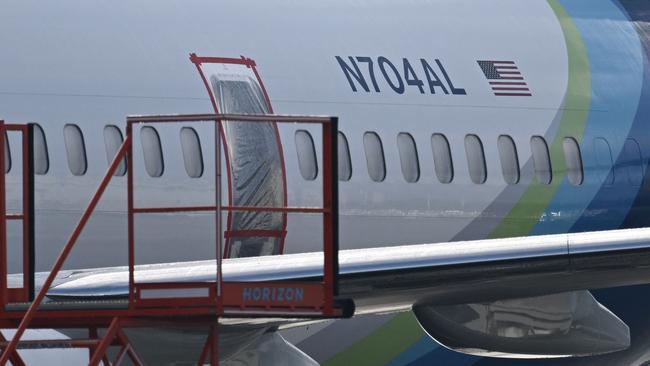
Andrew Nash, CSL’s chief scientific officer, had settled into his seat on a United Airlines plane as it began taxiing from the terminal at San Francisco Airport towards the runway.
The jet engines roared to life as the plane prepared to takeoff, with the flight path set to travel over San Francisco Bay, the Golden Gate Bridge then across the Pacific. Dr Nash felt his back thrust deeper into his seat. But something was wrong.
“The plane had accelerated and was about to lift us and they slammed on the brakes. We came to a screeching halt,” Dr Nash told The Weekend Australian.
“There were no more flights for two days”.
Dr Nash experienced the sinking feeling many businesses travellers feel when their flight is cancelled. Unlike holiday travel (although equally frustrating when flights are cancelled), time is money when you’re travelling for work. Two days lost potentially creates a scheduling nightmare, which becomes more acute the more senior an executive is, given their finely tuned diaries.
But airport and flight delays are unavoidable. Whether it is heavy rains in Dubai or a volcano erupting in Indonesia this week, geopolitical tensions, a sick passenger or an aircraft malfunction – like a door blowing off a Boeing Max on an Air Alaska flight earlier this year – there are myriad causes for interruptions. And the risk of a cancellation or delay rises when more connecting flights are involved.
But if you’re unlucky to be hit with one, there are steps you can take to avoid further inconvenience.
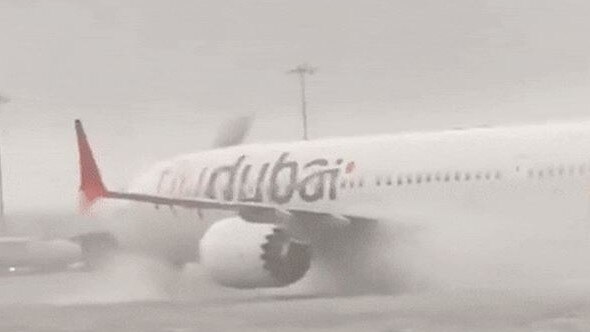
I was unfortunate to experience two within three months: the Air Alaska Boeing Max grounding – which kept me in the US for an extra night – in January, and another cancellation last week.
So what can you do about it? The first thing to do is contact the airline or travel agent as soon as you can to arrange an alternative flight. Flights come with basic consumer rights, including a guarantee that services will be provided within a reasonable time frame or cancellation.

Tom Walley, global managing director of Corporate Traveller, says: “When a business flight is cancelled, time is of the essence”.
“We understand that time is the most valuable asset for our business travellers, and flight disruptions can pose significant challenges to their schedules,” Mr Walley said.
“At the first sign of a cancellation, if you’ve booked through an agent, be sure to get in touch with them directly. Corporate Traveller customers have direct access to its dedicated Travel Consultants who are equipped with the expertise and resources to swiftly navigate rebooking and can provide alternative travel options.”
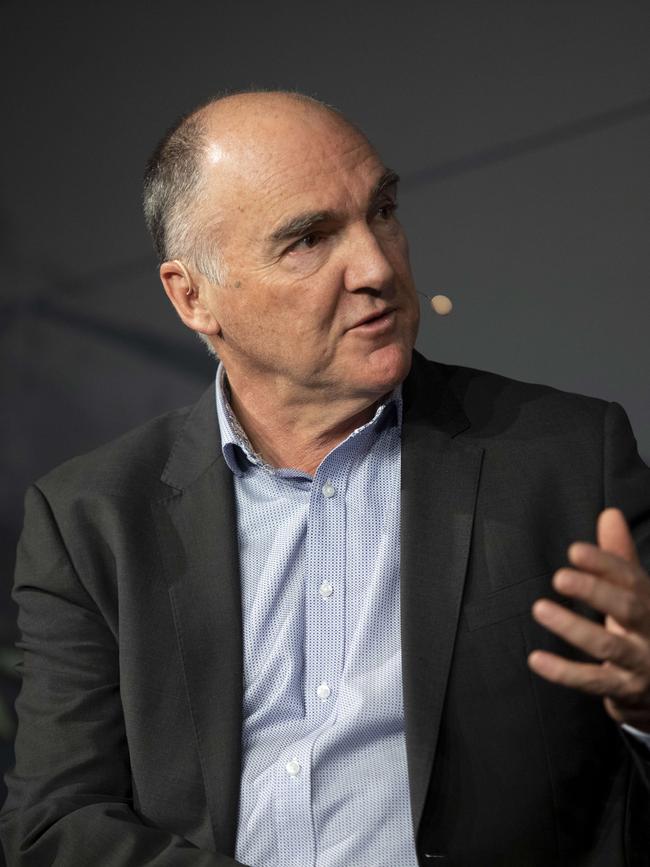
Early last Thursday morning (Pacific time) I received a text message from Qantas informing me that my flight from Los Angeles to Melbourne had been cancelled, about 15 hours before takeoff.
Qantas quickly arranged a flight for me to take off in two days’ time. But when I was on the phone to a customer service representative, they were able to rebook me with a partner airline – a Qatar flight, travelling from Los Angeles to Melbourne via Doha, which would have been quicker than the rescheduled Qantas flight.
Lesson one: don’t take the first option that’s given to you, and be prepared to think creatively.
“Airlines will typically inform you of cancellations and may automatically rebook you onto another flight. Verify this through the airline’s customer service channels,” Mr Walley said.
“Corporate Traveller also recommends its customers contact Corporate Traveller to confirm or explore all possible alternatives, ensuring you’re rebooking on a flight that best suits your schedule and travel program policy.
“Be prepared to consider alternative airlines or routes. Flexibility can often lead to more prompt travel solutions, reducing the delay in your journey,”
Unfortunately, my Qatar booking was later cancelled and I was rebooked on a Delta flight to San Francisco then on a United flight to Melbourne.
And here is where if you’re a frequent flyer with lounge access that staff can be your best friend, assuming the role of your personal travel agent.
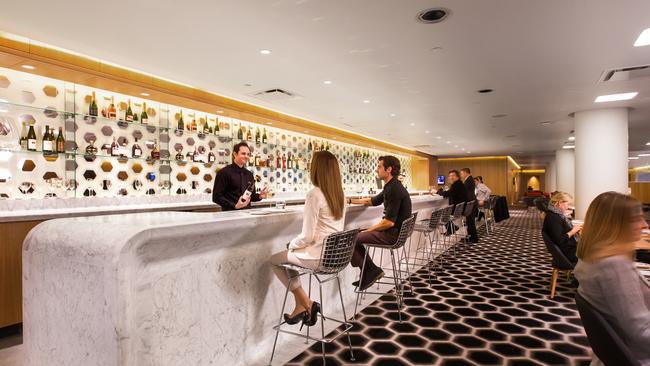
Soon after arriving at the Qantas lounge in Los Angeles, a staff member informed me that my Delta flight to San Francisco had been delayed and they would keep me updated.
If you don’t have access to lounge staff support, Mr Walley recommends calling your travel agent or airline directly to avoid length queues at airport desks.
“Avoid following the crowd up to the airport’s booking desk to reschedule, because you’ll be met with a crowd of people with the same idea. Jump on the phone, to Corporate Traveller where relevant, or the airline as an alternative.”
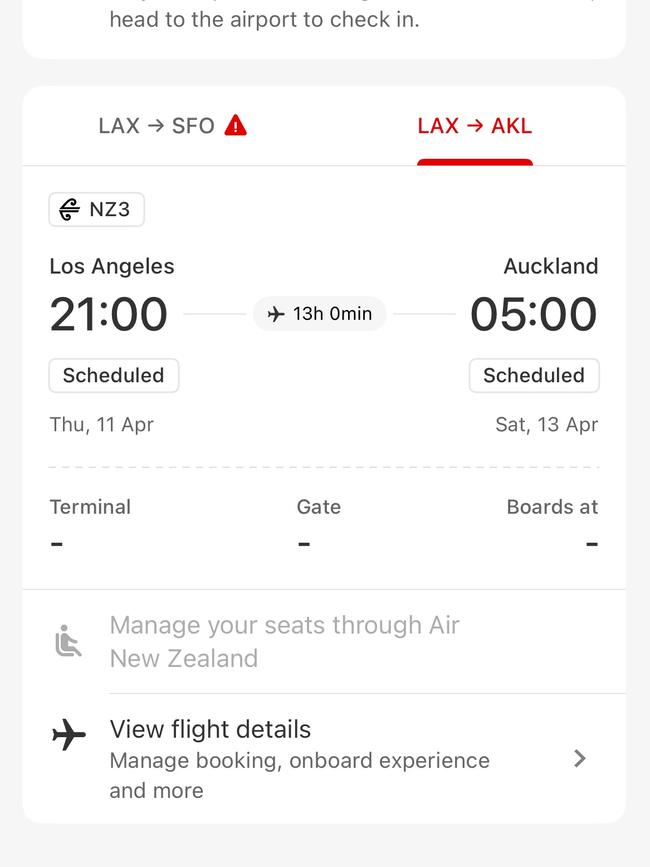
I also downloaded the Delta app, to keep abreast of flight details, which was soon delayed again, resulting in a “misconnect” for my San Francisco to Melbourne flight. Downloading apps from the different airlines that you have been rebooked with are a great way to receive real time updates.
“Corporate Traveller customers have access to a mobile app, which provides
flight times, boarding gate numbers, boarding times and takeoff times,” Mr Walley said.
“App users get push notifications for delays and changes, which in my experience, come through more quickly than notifications go up on the gate screens.”
And this was my experience too. ‘I think you’re finding out sooner than us’, one of the Qantas lounge staff told me when informing me about Delta’s latest delay.
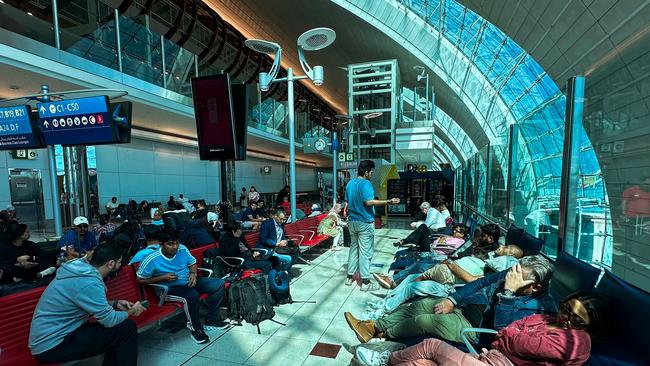
Delta later offered me a seat on a direct flight from LA to Melbourne operated by Qantas that was scheduled for takeoff that evening. But the Qantas lounge staff informed me that the flight was fully booked.
If you’ve travelled in the US – even in business and first class – the American airlines operate a system that’s akin to a game show, whereby the flights are overbooked and vouchers and coupons are offered to entice people from their seats. Earlier this year on a United flight – the ticket of which cost about $800 – a voucher, initially valued at a couple of hundred dollars, was offered before rising in intervals to more than $1000 before a passenger was willing to give up their seat. Deal or No Deal indeed.
Soon Delta came up with an alternative, an Air New Zealand flight to Auckland, with a 10.5 hour layover, and then a Qantas flight directly to Melbourne.
The Qantas staff – including one of the airline’s Australian employees – could see this was less than ideal and kept working on another option. Eventually, I got a seat on the last flight leaving LA for Sydney, which left at about 12:35am (Pacific time).
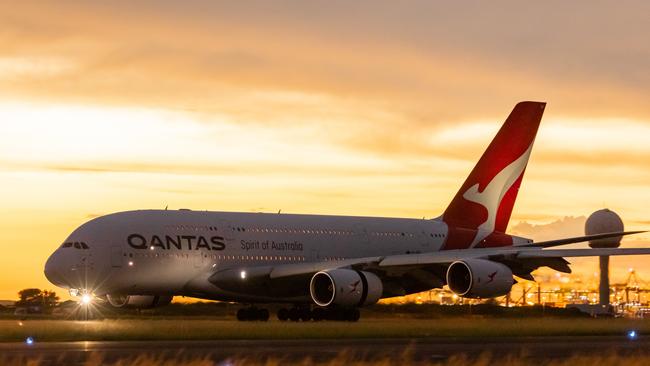
So what’s the likelihood of experiencing a cancellation? I’m told that my experience of being delayed twice within three months is unusual.
According to the federal government’s latest annual flight data, the cancellation rate was 3.7 per cent in the year to December 31. Qantas achieved the highest on time arrivals among the major domestic airlines at 70.5 per cent, ahead of Virgin Australia, which recorded 66.2 per cent. Qantas also recorded the lowest number of misplaced bags last month in six years, with 4.9 per 1000 bags.
Domestically, cancellations were highest last year on the Melbourne-Sydney route (9 per cent), followed by the Sydney-Melbourne (8.9 per cent), Canberra-Sydney (8.2 per cent) and Sydney-Canberra (7.6 per cent).







To join the conversation, please log in. Don't have an account? Register
Join the conversation, you are commenting as Logout